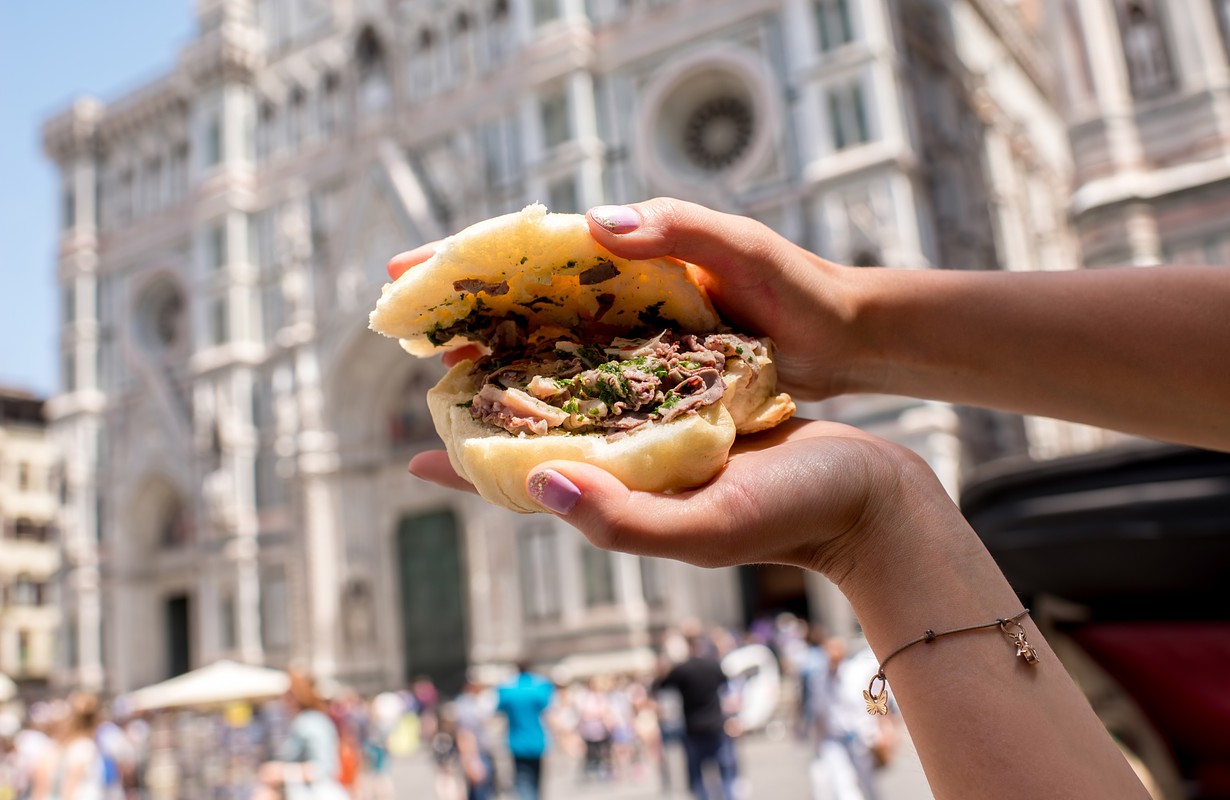Besides Pasta and Pizza, Italy is also the cradle of many other interesting culinary specialties. Right in the heart of the artistic capital of Florence, there is a unique dish that has existed for hundreds of years, infiltrating every ancient corner of the city and becoming a familiar part of the local people. That isPanino con Lampredotto- a strange sandwich with filling made from cow stomach.
The culinary essence of the workers
Back in the 15th century, working class people in Florence were looking for a food that was cheap, delicious, convenient to carry, and still nutritious for a long day of work. At that time, offal was not a popular ingredient in the world cuisine. However, working people took advantage of this ingredient and made it popular throughout Florence.

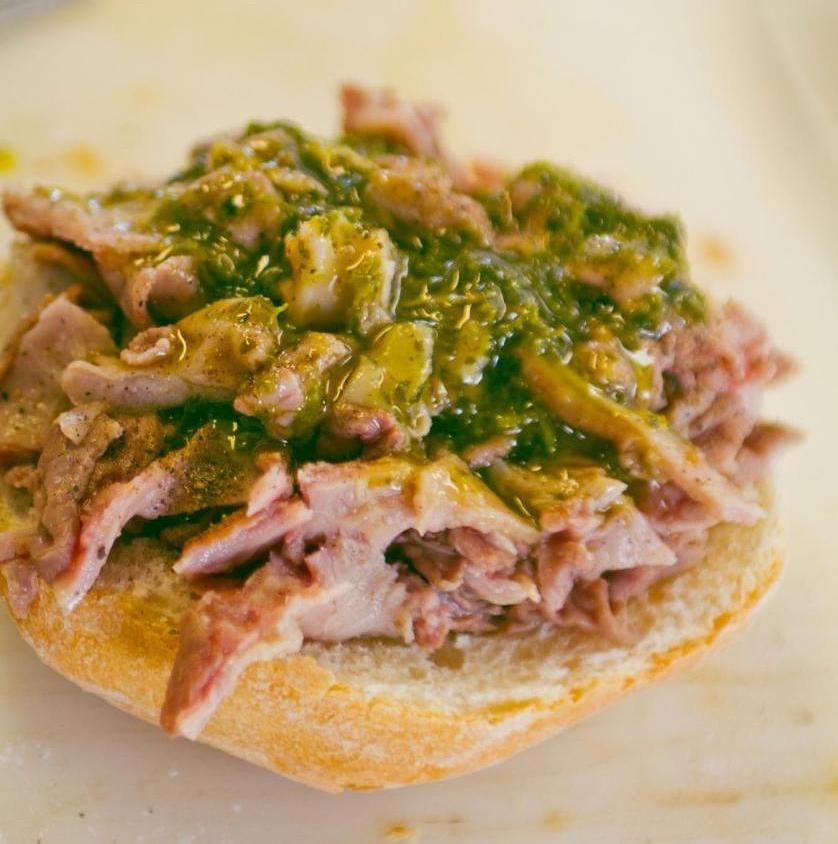
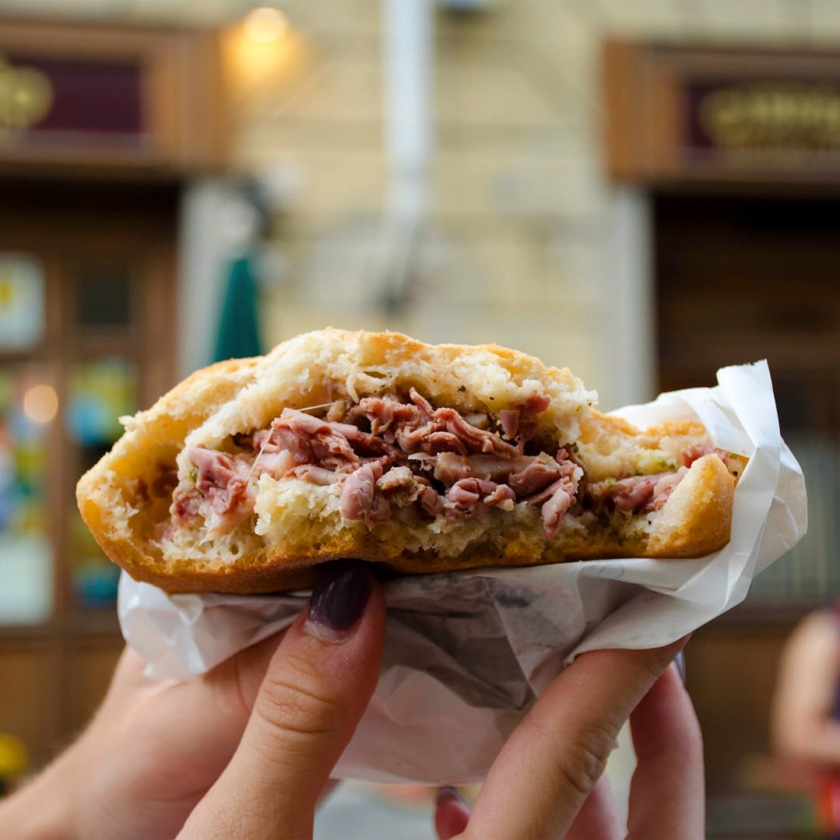
The main ingredient of this dish is made from the last cavity of the cow's stomach (abomasum) - the organ that is rarely used and therefore the cheapest. People clean, cook thoroughly and chop it to have a soft, juicy and flavorful filling. Few people know that the name Lampredotto was inspired by a high-class dish that the aristocracy hunted at that time: lampreda. Due to the high price, workers did not have enough conditions to access this high-class food. So they created their own "version". Coincidentally, the cow's stomach has a shape quite similar to the mouth of a lamprey, which is why they chose a similar name for it: Lampredotto.

For centuries, Lampredotto bread has been a familiar dish of the common people. Factory workers, market traders or street artists... are all loyal diners who have contributed to preserving the beauty of this cuisine to this day. It is also rumored that this is also a favorite dish of legendary artists such as Michelangelo and Dante. The image of Lampredotto even appears in the novel Inferno by writer Dan Brown.
It can be said that Lampredotto bread has become a symbolic dish and is cherished by the people here as a product, an irreplaceable cultural feature.
A street food icon
Weaving through cobblestone streets, past majestic ancient churches, the bustling central market or strolling along the banks of the Arno River, you can find many mobile kiosks selling Lampredotto bread. The long queues of locals and tourists waiting here at lunchtime are a typical sight in Florence.
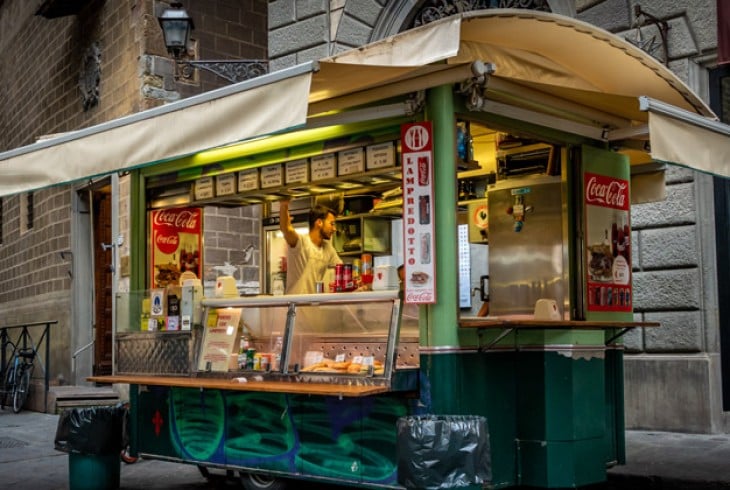
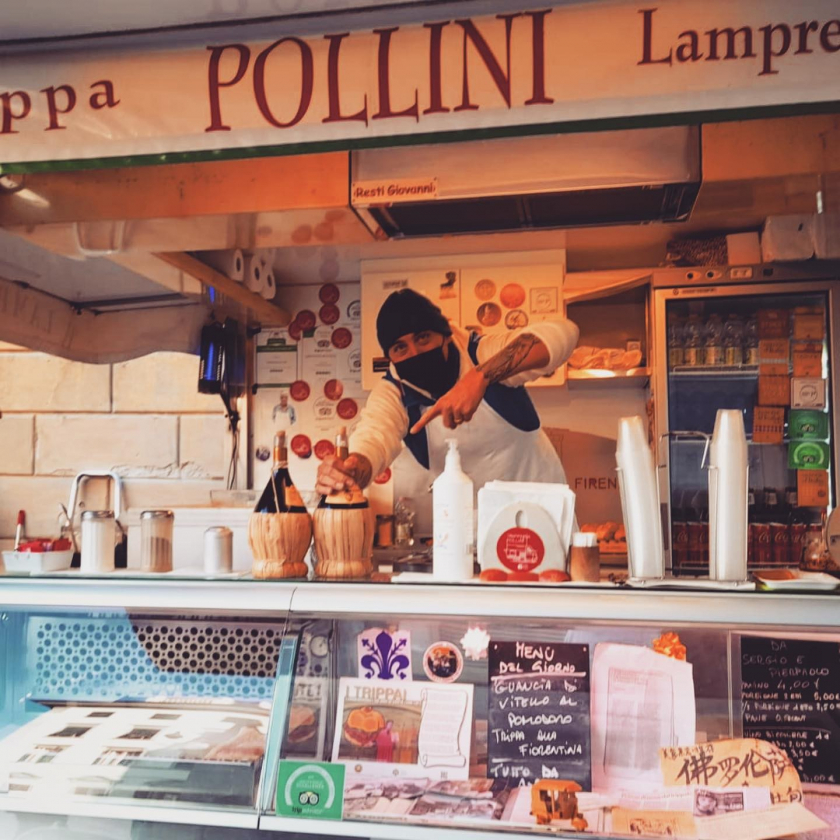
To talk about the culture of enjoying Lampredotto bread, one cannot forget the role of the chefs, also known asLampredottaio. Most of them are local people living in the area or in nearby villages, communicating with a special local dialect and having a wide knowledge of the area's history and culture. They are open, friendly and enthusiastic like Italians, happily chatting with customers while their hands are still deftly processing the ingredients.
Watching the process of making a Lampredotto, you can see that it is an art with a complex process. Vegetables such as carrots, celery, onions, tomatoes are stewed for many hours with the stomach until cooked. When guests come, the chef will pick up the Lampredotto on a large cutting board and quickly chop it into small pieces.
For the bread, they used a round white loaf with a crispy crust. The bread was cut in half to place the chopped Lampredotto in the middle before pouring the sauce.Salsa VerdeThe famous Florentine sauce is topped with a dash of salt and pepper to enhance the flavor. Finally, the other half of the pie is dipped in the broth to create a succulent texture and absorb the most quintessential flavors. Watching the skilled hands handle the ingredients, inhaling the rich aroma of the simmering sauce on the stove, listening to the bustling sounds of customers lining up is a truly Florentine street experience.
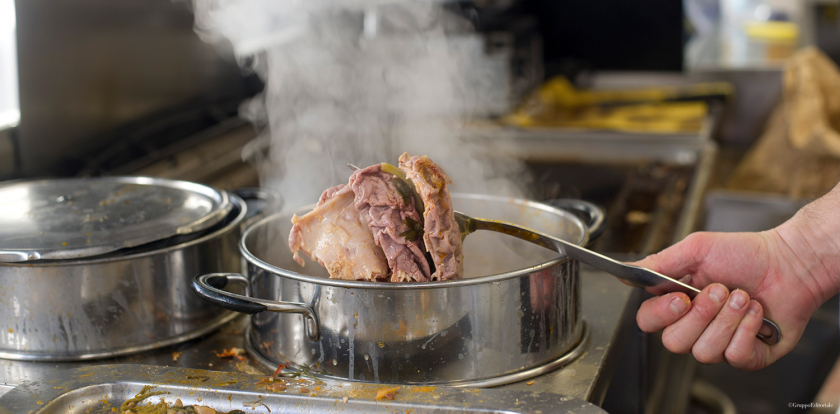
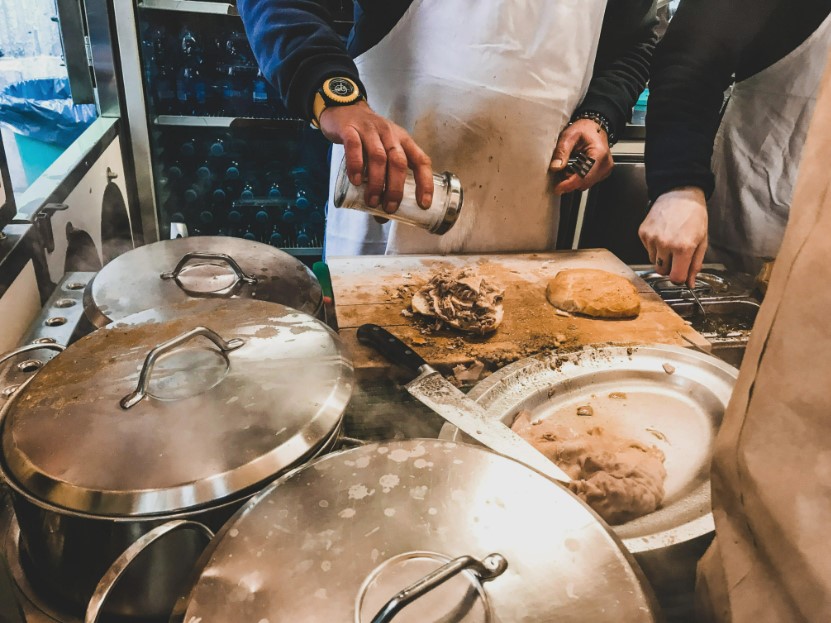

Lampredotto is usually served in a simple paper bag, or sometimes with just a few napkins. The reason for such a simple packaging is because most diners will enjoy this dish right there while it is still hot, while chatting with colleagues and friends. As for tourists, this small and simple cake carries a whole cultural story, bringing people closer to the daily life in this beautiful ancient city.






